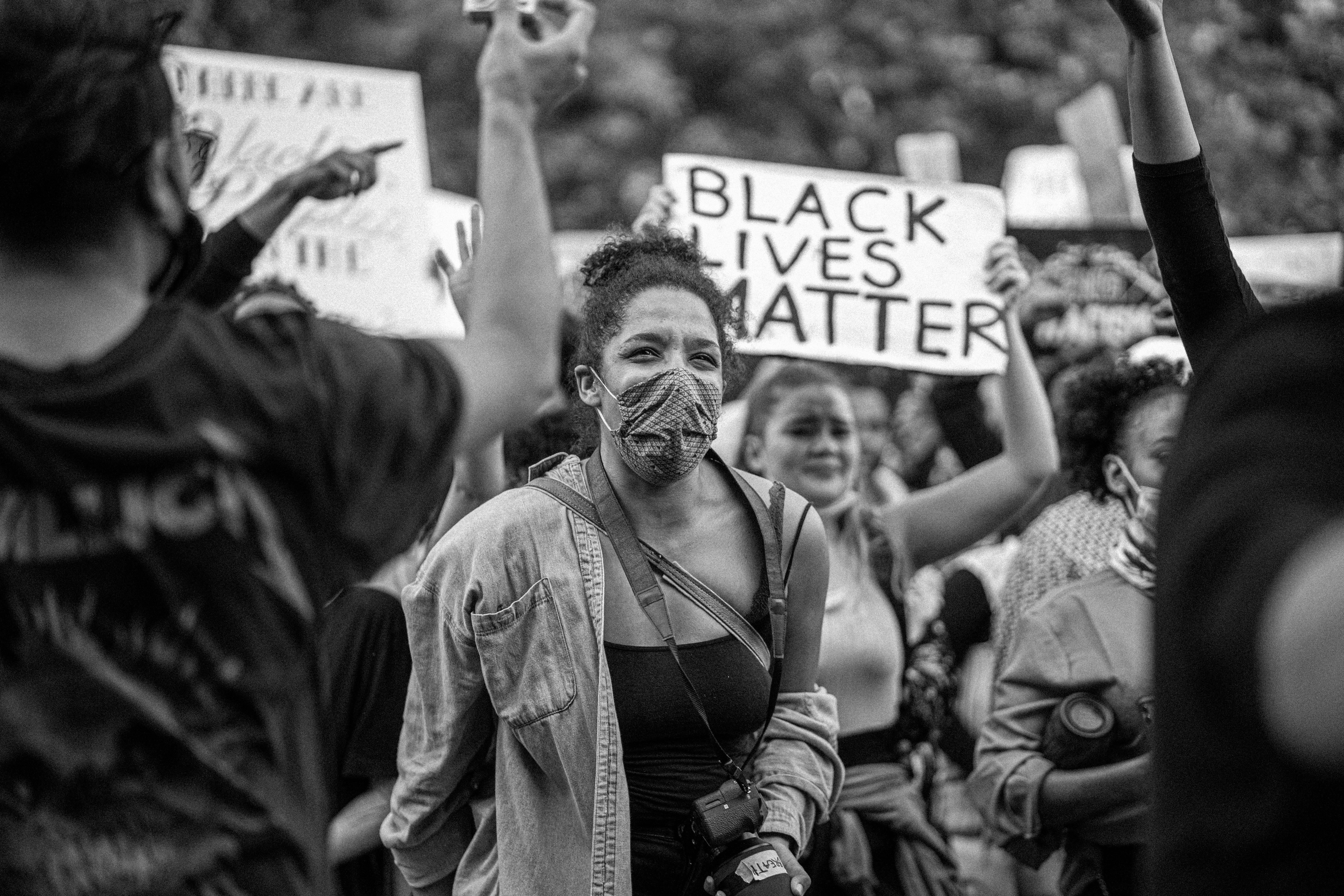Ghana life: the people of the slave village
The Accra highway enters the city of Kumasi from the east and the Kwame Nkrumah University of Science and Technology (KNUST) campus is on the left hand side, or on the south side of the road, just inside the city limits. city. Driving on the right, passengers from Accra alight from the transport on the north side of the road at the Ayigya junction, where a truck parking lot has long been established. In the early 1970s, life on the university campus was comfortable and pleasant, but across the street in Ayigya was the zongo, the former slave town, where life was still a hard struggle for existence. Living so close, the two communities had found a way to live in peace and mutual dependence, with the university providing employment and agricultural opportunities and the former slaves providing 24-hour security.
Prior to the colonial period, the Ashanti Empire relied on slaves collected primarily from raids on northern tribes. These unfortunates were housed in communities attached to the Ashanti villages and called zongos; therefore, across the road from the KNUST campus were both the village of Ayigya and Ayigya Zongo. Officially, slavery was illegal in modern Ghana, but in practice it was a matter of perspective. At a dinner hosted by the Director of the Road and Construction Research Institute (BRRI), Dr. Joseph WS of Graft-Johnson, who would later become Vice President of Ghana under President Hilla Limann (1979-1981), he told his British and American guests that, ‘The British claim to have abolished slavery, but we still have slaves in our houses.’ The Ghanaian press also regularly reported police and army raids on communities that still claimed to hold slaves.
Whether or not there were pockets of slavery elsewhere, the people of Ayigya Zongo were not slaves in any formal or legal sense, but their situation could hardly have been worse. A survey conducted by KNUST’s Department of Social Sciences revealed their plight in brutal statistics. It was found that throughout Kumasi the average room occupancy was seven people, but at Ayigya Zongo with its broken mud walls and rusty iron ceilings, it was eleven. Such a density of accommodation was only possible by organizing shift sleeping and this was only possible because most people were unemployed. Needless to say, he eagerly sought employment across the street on the college campus.
The university’s work generated many casual plowing jobs and these were quickly filled by Zongo residents who exploited their access to campus by growing corn on every vacant parcel of land. Although this haphazard farming was against university regulations in practice, it was generally looked at with a blind eye. Those with paid work on campus were the lucky ones, many others lived on the brink of starvation. The staple carbohydrate in his diet was cassava, but this inexpensive food contained very little protein. The social scientists’ report made it clear that the main source of protein for zongo residents were the chickens, goats, and dogs that congregated on the KNUST campus. Those whose nocturnal hunt was unsuccessful were often reduced to eating rats and lizards.
Surprisingly, the university’s security force was recruited primarily from the zongo. One might have expected zongo recruits to experience mixed loyalties; Didn’t the night intruders also come from their community? In practice, however, these men came from the same northern Muslim tribes from which the British previously recruited the army and police. Many still prided themselves on their traditional sense of discipline in uniform, with military bearing and respect for their officers. Some older men still wore the medal ribbons they earned in World War II, serving with the West African Regiment in Ethiopia and Burma. Any attempt to distract them from the line of duty would likely be met with their universal catchphrase: “I like my pay.”
